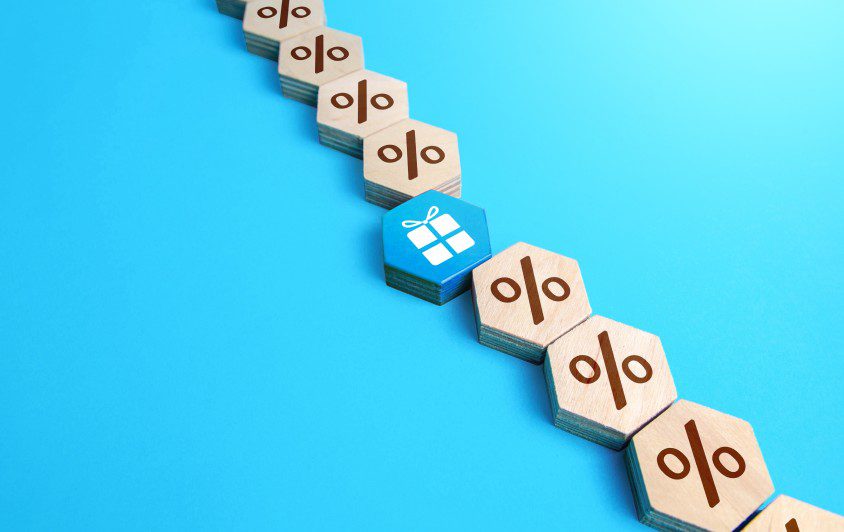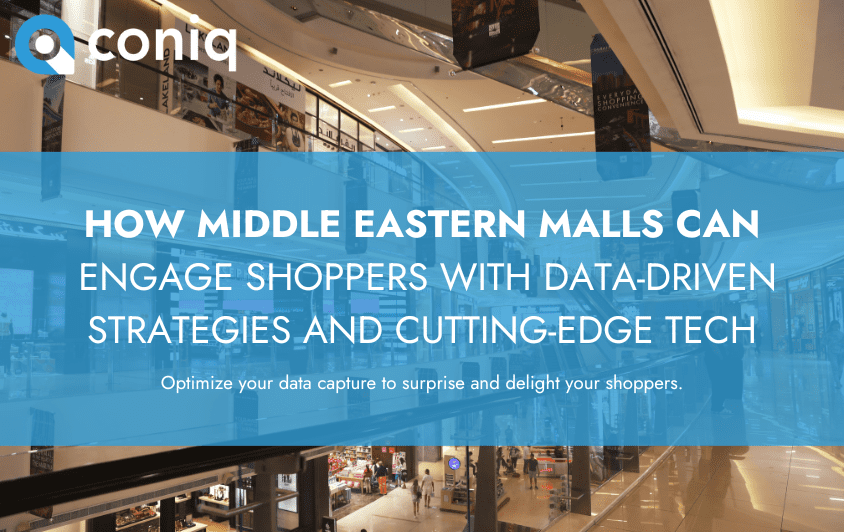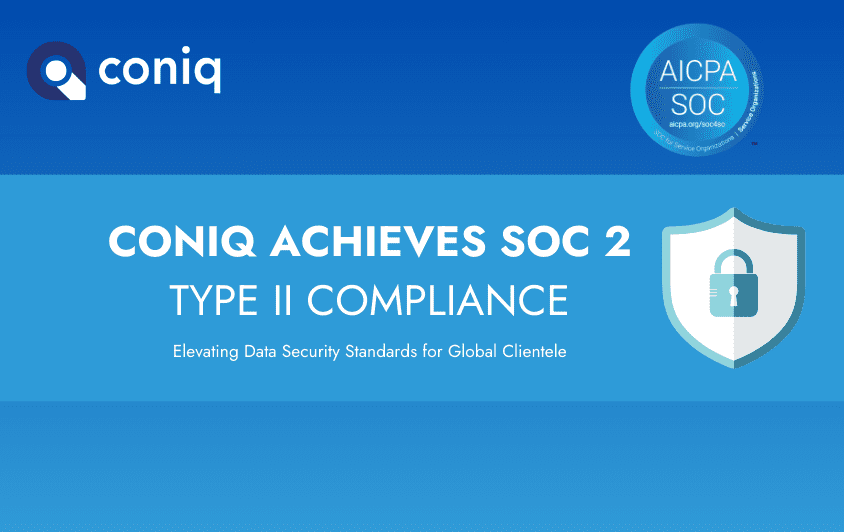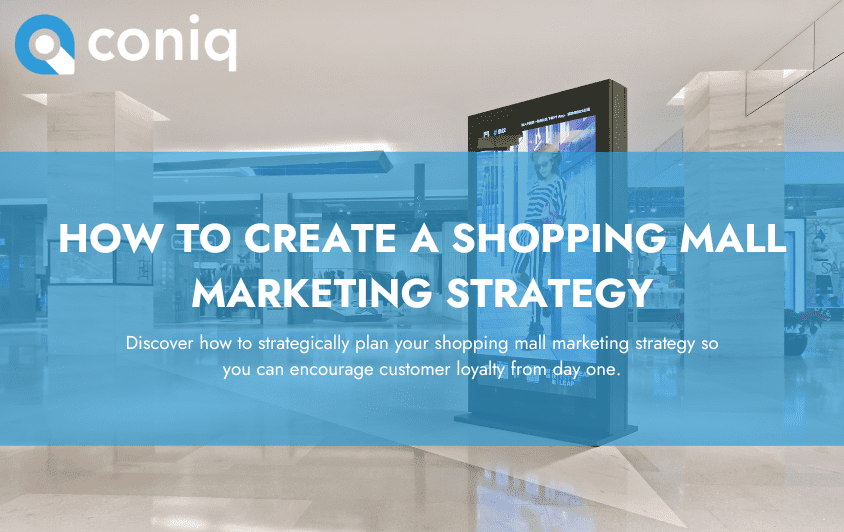The risk of a worldwide recession has recently populated international headlines as global affairs bring new economic challenges. The World Bank recently cut its global economic growth forecast for this year to 3.2% following events such as the Ukraine war, Covid-19 restrictions, climbing interest rates, and a spike in inflation. These events have led to soaring food, energy, and fuel prices. As a result, many consumers have chosen to reduce their spending amid economic uncertainty. The decline in economic activity has affected large parts of the world’s economy, from manufacturers to retailers, meaning they must work harder to drive customer loyalty. In this article, we will discuss three ways to retain your existing customers and how you can drive customer loyalty during periods of recession.
The answer is simple, be loyal to your existing customers.
Many businesses may wonder how to entice customers to shop during uncertain times. The answer lies in retaining their existing customers rather than attracting new ones. In unsettling times, consumers are more likely to return to what they know. They seek reassurance from familiarity, which presents a significant opportunity for brands to invest in long-term loyalty strategies. Market research suggests that:
- Attracting a new customer can cost as much as 15 times more than retaining an existing customer.
- Existing customers spend 2/3 more
- 76% of companies see customer lifetime value as an essential concept in their business. And only 42% of them can measure it accurately.
- The probability of selling to an existing customer is 60-70% more likely, as opposed to 5-20% when selling to a potential customer.
One Coniq client found that they were able to drive customer loyalty through their ‘Friends and Family’ membership. The program’s goal was to increase footfall and engagement among loyalty members. This client achieved the following:
- A 132% increase in revenue
- A 140% increase in active members
- A 112% increase in app users
- An overall increase in annual footfall (103%)
Additionally, Coniq’s client Irgen increased their ATV from €35 to €48 per customer within two months of using their loyalty solution. During an economic downturn, offering loyalty members credit or points collection options can encourage customers to spend by spreading the cost of their purchases:
- Loyalty members score, on average, 12 points more in customer satisfaction surveys than non-loyalty members.
- Loyalty members are also 70% more likely to return to shop.
So, what are the three ways that loyalty can help retailers during an inflation crisis?
1- Customer Data: Insights are key to measuring your ROI
Amid the cost of living crisis, shoppers are much less likely to spend and more likely to return products due to uncertainty and budget restrictions. They are also much less likely to spend on unnecessary luxuries, which means that retail destinations could face the following:
- Reduced footfall
- Lower sales margins
- Imprecise Demand Forecasting (excessive stock)
Therefore businesses must understand their consumers and how they behave to manage these potential costs. Balancing efficiency with strategic investment is fundamental to surviving an economic downturn and thriving in one. To do this effectively, retail destinations need vital data insights. A loyalty program can provide retailers with precisely that by collecting data across multiple touchpoints, enabling access to data such as:
- Where their customers are coming from (Location Data)
- Customer profiles and demographics
- Popular product categories (and which stores are visited in a multi-retail destination)
- Highest value customers
- Frequency of visit
- Dwell time
- Transactional data (e.g. spend per visit, ATV, customer lifetime value, etc.)
- Preferred marketing channels
Data can help retailers measure their ROI, using accurate metrics and dashboards to track performance. During an economic downturn, loyalty programs can help retailers visualize, compare and analyze customer behavior. Your marketing team can use this data to tailor their value proposition and help target specific customer segments (such as high-value shoppers) at the right time through the right channel. As a result, retail destinations can entice customers to make purchases more often and reduce the risk of revenue loss using data insights.
2- Personalisation creates an emotional connection
Suppose your customers feel that their engagement is valued (for example, by offering them unique and relevant rewards unavailable elsewhere); shoppers are more likely to choose your store over a competitor. The term ‘loyalty’ is widely used to reference a customer’s loyalty to a particular brand. However, in times of recession, brands must show loyalty to their most valuable customers by offering them unique and personalized experiences that emphasize the value they hold to the business and thank them for their support.
During a cost of living crisis, brands must do more to retain their most ‘at risk’ customer segments. For example, engaging with customers, even if they are not making purchases. This will help customers feel that they are still part of a community and may lead them back to buy when they feel more economically secure. Retailers and shopping centers can do this by sending mobile push notifications or email campaigns to loyalty members, reminding them to interact with branded content. Retail destinations can improve customer loyalty by allowing customers to earn points without needing to make a purchase (by following or sharing social media and other content).
Another way to improve customer experience during these times and help customers limit unnecessary costs is offering loyalty members free returns. Rewarding them for their brand loyalty helps to build trust, familiarity, and connection with shoppers. Not only does this decrease costs for the retailer by discouraging non-members from returning items, but it also drives customer loyalty by offering a unique reward.
Retail destinations can leverage data to improve their personalization strategies and tailor how, what, and when they communicate with each customer. They can reward customers for sharing personal data such as:
- Location
- Birthday
- Email address
You can use this data to personalize the content and channels used for each customer. If your customers feel like you know them, they will learn to expect this level of personal service and be more likely to return. Therefore, personalization is fundamental to brand loyalty, and the more unique the reward, the stronger the emotional connection will be. Implementing personalized email campaigns is a great way to customize your communication with your customers. Evidence suggests:
- The segmentation of email campaigns can increase revenue by up to 760%
- 59% of customers trust businesses using AI to personalize their experience as it creates a frictionless user experience
3- Customer experience: It’s what keeps them coming back!
Making customers feel good is a critical part of driving customer loyalty. Research suggests that 73% of customers say their experience significantly impacts their purchasing decisions. This equates to almost three-quarters of your audience! Shoppers will likely refrain from purchasing from a business that provides a poor experience. However, delivering a retail experience that is both positive and frictionless can be tricky…
The key is to be where your customers are at every stage of their retail journey. This means ensuring that service options are available across every channel of your business, whether physical or digital. If a customer wants to get in touch via email, social media, in the center, or through a live chat forum, your business must provide several support channels so the customer can choose how they wish to interact.
However, that’s not all… customers also expect these interactions to be completely seamless. Studies show that:
- 72% of customers expect retailers to know who they are and what they have purchased before they interact with them
- Moreover, 75% of customers prefer retailers to use their personal information to improve their shopping experience.
Creating an omnichannel journey is vital to maintaining positive customer experiences.
For example, customers don’t want to input the same information across multiple platforms, as this creates friction and disrupts their customer experience. The key to providing a great experience is offering users multiple engagement channels and making the journey frictionless across all of them.
You must understand the strengths and weaknesses of offering different channels for customer segments. Some customers may love discovering products online but still want to purchase in-store. Therefore, it’s essential to understand how different segments interact with the channels you provide and seamlessly leverage these interactions (and the data you collect) across all channels. Omnichannel retail optimizes multiple channels while simultaneously integrating them. This allows customers to move between channels without having to re-enter information that could restart their customer journey. Research shows that:
- Consumers shopping across multiple channels have a 30% higher lifetime value.
- Member revenue accounts for 50% of the revenue generated across the business.
- Omnichannel customer engagement will see a 9.5% rise in annual revenue
- Companies that employ omnichannel strategies have a 23 times higher customer satisfaction rate
- The best omnichannel customer engagement strategies turn 89% of buyers into loyal customers.
This evidence suggests that a customer’s overall experience highly depends on how seamless their journey with a brand is. In this digital age, collecting customer data online is relatively easy. However, collecting customer data in physical stores and integrating it with digital channels is much harder and can feel more intrusive. Loyalty programs can remove data silos by enabling retailers to collect data in-store and online, providing personalized, omnichannel experiences for their customers.
To summarise:
Driving customer loyalty in a challenging economic climate is key to increasing your ROI. It is, therefore, fundamental to:
- 1. Understand your customers and accurately measure your ROI (customer data & insight)
- 2. Use this data to personalize your approach to customers. Build brand affinity/emotion across every channel.
- 3. Make it as easy and frictionless as possible for customers to shop with you. In these times, convenience is key.
A loyalty program can help you achieve these objectives, improve your customer experience, and unlock huge economic benefits during periods of inflation.






